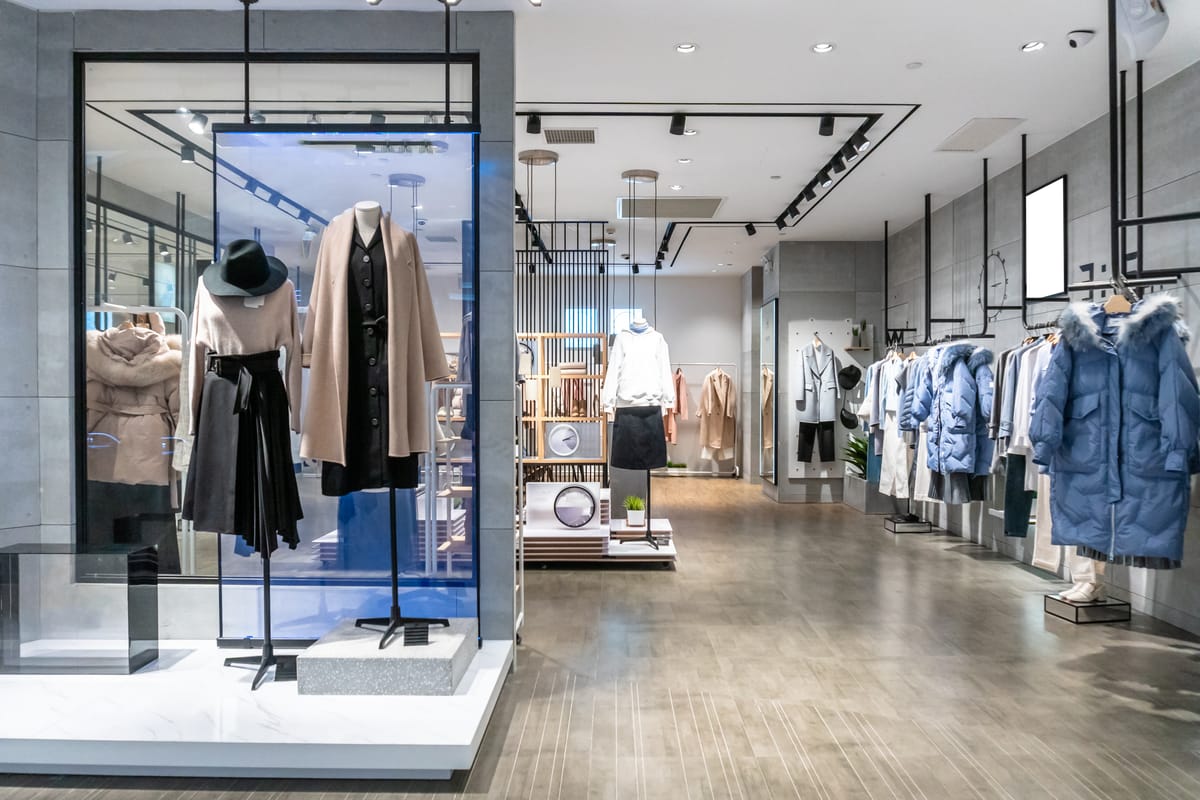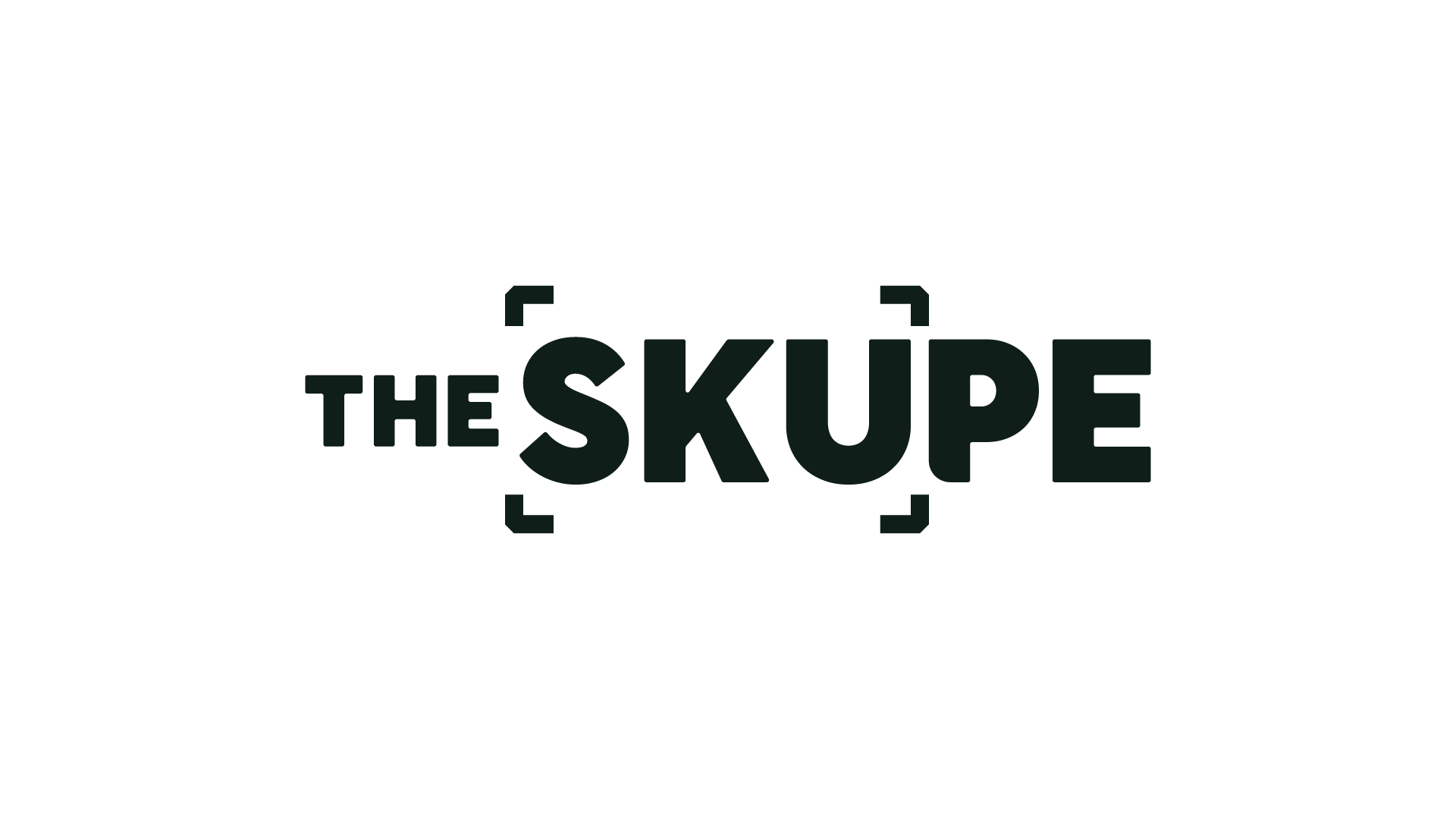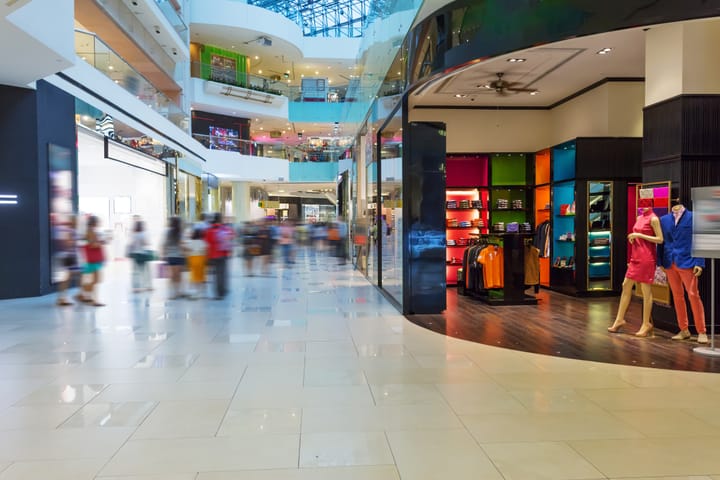How one retail brand built loyalty without saying a word
Plus: An inside look at the Miami SwimShow

What’s happening behind the scenes? A new wave of retail tech is powering customer experience, sometimes so subtly that consumers won’t notice anything except exceptional customer service. It’s also helping The UPS Store build trust with its face-to-face interactions.
Also this week: why selling gas is a smart retail move and how two brothers nostalgic for point-and-shoot cameras raised $42 million to bring that feeling back. Plus, just in time for summer, SwimShow producer Judy Stein shares what not to miss at this year’s two events. Let’s jump in.

Camera ready. This study examines whether body cams for retail workers prevent violence. Say cheese!
Getting fresh. Online grocer FreshDirect opens first brick-and-mortar store in NYC.
Gas what? Costco isn’t the only retailer peddling gas. So are Walmart and Dollar General.
Soho, so high. The downtown NYC neighborhood is seeing a retail leasing and investing boom.
Who’s raising prices? A list of companies who’ve said tariffs are the reason for price hikes.


It’s trade show season. Ready to take the plunge?
South Florida is synonymous with swimwear and sun, and SwimShow Miami, held each summer, is the industry’s premier tradeshow for discovering and ordering the newest styles for the following resort and Spring seasons. Judy Stein, executive director of the Swimwear Association, has been running SwimShow since 1996. Here, she shares how she keeps North America’s longest-running swim and resortwear expo fresh after four decades and what retailers should know if attending for the first time. –Marcy Medina
How do you keep the show new and exciting for buyers?
We love seeing the buying patterns of our stores and the way they work with our exhibitors, and providing everyone with an assortment of iconic brands that have been with SwimShow for decades and new-to-market brands that target a mix of young and mature consumers. Both play an integral part in the ways we synergize with buyers. We're going on our fourth year of SwimLab, our incubator program with WGSN [a global trend forecasting service] that shines a light on four up-and-coming brands. This year, we're also partnering with Mana Fashion, a dynamic fashion community in South Florida; they’ve launched a showroom with a group of fantastic brands in the resort and swimwear categories.
How have the dates of the show and the swim market changed?
Last year, we moved SwimShow up by a month, but before that the show and entire market was held in July. We were hearing from buyers and brands that the mid-summer show didn't allow buyers the time to review the collections properly and barely gave the brands enough time to fulfill orders. The entire swim industry came together and moved the shows to June, a great example of the unity of our category.
We're also launching an October show called The Edit by SwimShow because we received strong interest from our exhibitors to launch a fall show in South Florida. While our summer event during Miami Swim Week typically highlights collections shipping for early resort and spring, we see an opportunity in October to cater to buyers seeking a broader range—including summer pieces and immediates. Introducing a new show is part of our ongoing commitment to support the industry and honor traditional retail models, which have recently been undervalued or disrupted. The reality is that consumers still crave the in-store experience, and we're here to help the industry evolve while staying rooted in what works.
What’s your advice for new retailers attending SwimShow?
Make appointments! The key to a successful show is planning ahead, taking your time to review the brands, reaching out and receiving their lookbooks, and allowing enough time to review as many collections as you can. If you don't have the time @SwimShow, on Instagram, gives a good synopsis of the brands and our blog SwimStories is a great resource. Lastly, I'd attend all of our events on the show floor. This year we're launching SwimTalks, a series of five panel discussions ranging in conversation from sustainable design by a group of Colombian brands, new-to-market brand trends by WGSN, the most-spoken two-lettered technology of the year, AI, along with a panel on brands designed in Miami and a great discussion on original prints by Longina Phillips.
What have you heard from exhibitors and attendees about tariffs and how they are affecting business?
Another word of the year is tariffs, something that has kept all of our eyes peeled and ears open to see how brands and retailers will react. Luckily, we have seen significant workarounds from the majority of exhibitors manufacturing in nearby countries like Colombia, and of course a great assortment of brands that design and manufacture in the U.S. Brands are used to planning ahead and the fashion industry as a whole has been showing collections a season in advance for as long as I can remember. I do think retailers are paying close attention to where brands are manufacturing to reassure confidence in ship dates, but for now, we haven't seen it affect our exhibitors significantly.
Above: The trade show scene at last year's SwimShow in Miami. (Courtesy)

Behind the scenes of CX: retail ops powered by new technology
Customer experience (CX) is driven by more than just consumer-facing strategies. Behind the scenes, store operations are getting a glow-up thanks to new technology that can power your workforce, enable faster, better communication and automate many infrastructure tasks. This all adds up to better CX, though shoppers may not even realize it. Today’s retail tech supports the shopping journey by adapting to store layout and staffing challenges and improving KPIs rather than being the thing consumers are supposed to notice. Portable display technologies for adaptive store signage? More accurate demand forecasting to align staffing to foot traffic? Check and check.
Why this matters: Some of the technology is very straightforward. Think voice-controlled mobile communication tools that enable your employees to check inventory without having to step away from the customer. That improves productivity and trust, both hard and “soft” metrics that matter. (Entrepreneur)
The UPS Store maximizes “invisible” customer service to deliver the goods
The UPS Store’s VP of retail operations Sean O’Neal calls them “risk it all” moments—where standing by the promise to package your item correctly can build or break a customer’s trust. This high “say-to-do” ratio keeps customers happy and coming back. It starts with great face-to-face service, interacting with customers who most likely started their transaction online but need to come into the store to finish it. The UPS Store has a Commerce Ready Services (CRS) group that manages returns services for many retailers, so getting this right not only helps The UPS Store but also those brands whose returns it’s handling.
Why this matters: Again it’s that behind the scenes technology at work: the QR code that you had to bring in for your return? It lets the person helping you know exactly what to do with it and serve you faster. It’s not just consumers they’re serving. One of The UPS Store’s key customer groups is the micro small business, or those with one to 10 employees. (Retail Touchpoints)

Consumers don’t want to choose between Amazon Prime, Walmart+
Urban Outfitters leans into experiential tactics to get students back in dorms
Nike can’t outrun rising costs, announces higher prices on select items
How Trump tariffs affect Black-owned fashion brands
What luxury slowdown? Ralph Lauren beat its earnings forecast

How to scale your business? Ask stellar CEOs who’ve done it
On the latest “How I Built This” podcast With Guy Raz, three notable CEOs–Travis Boersma of Dutch Bros. Coffee, Michael Preysman of Everlane and Chris Ruder of Spikeball–return to the show for “Advice Line,” where three small business owners call in seeking help scaling their businesses. From a burger food truck entrepreneur trying to scale up to a brick-and-mortar location and wondering whether to take on an investor to an inspirational jewelry designer trying to grow their brand with retail partnerships, SMBs can relate to each story and learn from the expert’s insights.
"As you scale, you’re going to have to find a way to simplify [your storytelling]. What does the customer care about when they buy from you? ...You can’t show up everywhere, so it’s the exercise of taking 'you' and bottling it up into packaging so when they have that display at retail, they can say in less than five seconds what makes [the brand] so special." –Michael Preysman, CEO, Everlane
Why this matters: There are plenty of successful small businesses out there making it up as they go along, proving there’s no one right way to start a business. For example, two burger food trucks launched during the pandemic are grossing $800,000 per year. But when you reach that tipping point, it’s always a best practice to seek advice from someone who’s had proven success in scaling. Listen to the podcast here.

Point, shoot, wait? Nostalgia for delayed gratification inspires “social camera” app
In a recent episode of “Forbes Talks,” brothers Ben and Dan Silvertown explain how and why they launched their “social camera” app Lapse. And surprisingly, it’s rooted in Luddite nostalgia. Ben, the younger brother, was inspired during a 2019 trip to Vietnam where he used a disposable point-and-shoot camera to capture his travels. “There’s a lot in that film experience that just doesn’t exist anymore,” says Ben, who described the evolution of social media into one giant scroll that puts a lot of pressure on users. “This idea of changing the way people capture [photos] and removing that pressure, inspired by film photography, could be the baseline for creating a new social network.”
Why this matters: The Silvertown brothers (great name!) have raised $42 million to fund the company that started out as a “group disposable camera” where you and your friends capture images and wait until the next day to see what everyone shot. Reviving throwback moments with the help of technology is having a moment. Watch the entire interview on Forbes.

Thanks for reading this week's edition!
You can reach the newsletter team at theskupe@mynewsletter.co. We enjoy hearing from you.
Interested in advertising? Email us at newslettersales@mvfglobal.com
The SKUpe is curated and written by Marcy Medina and edited by Bianca Prieto





Comments ()